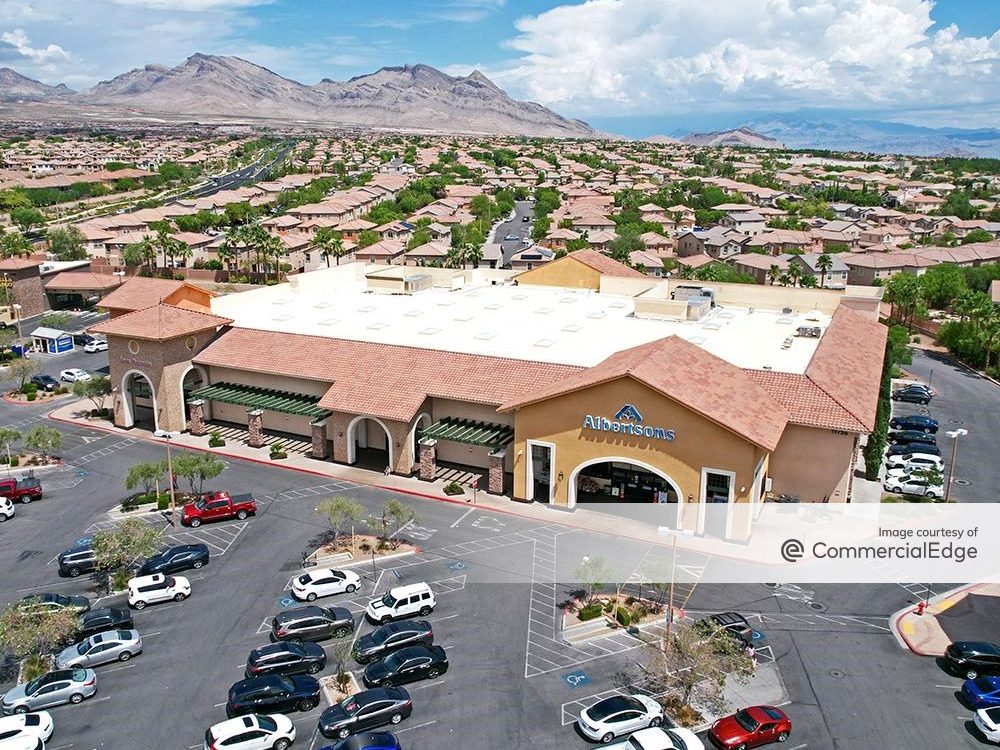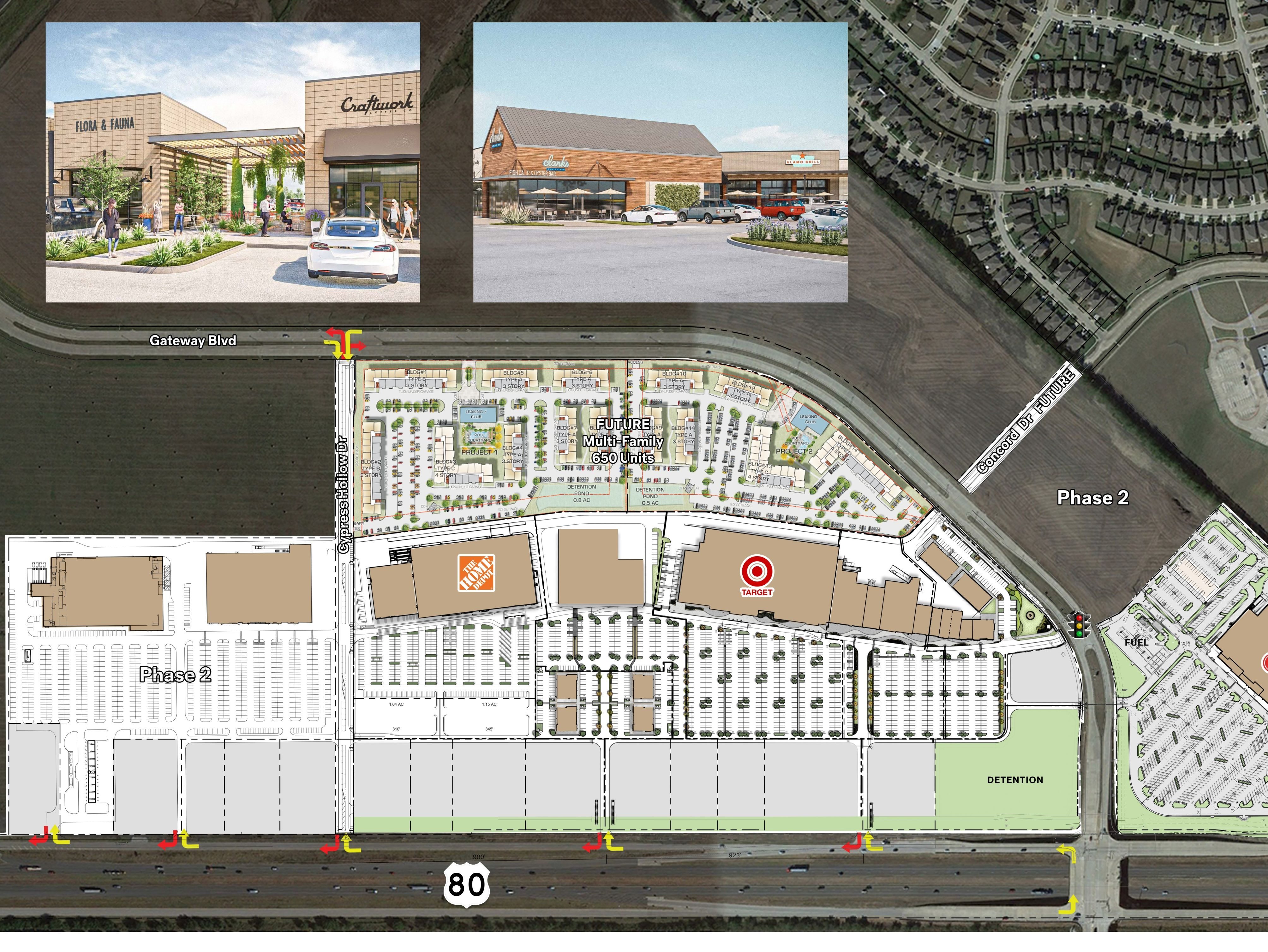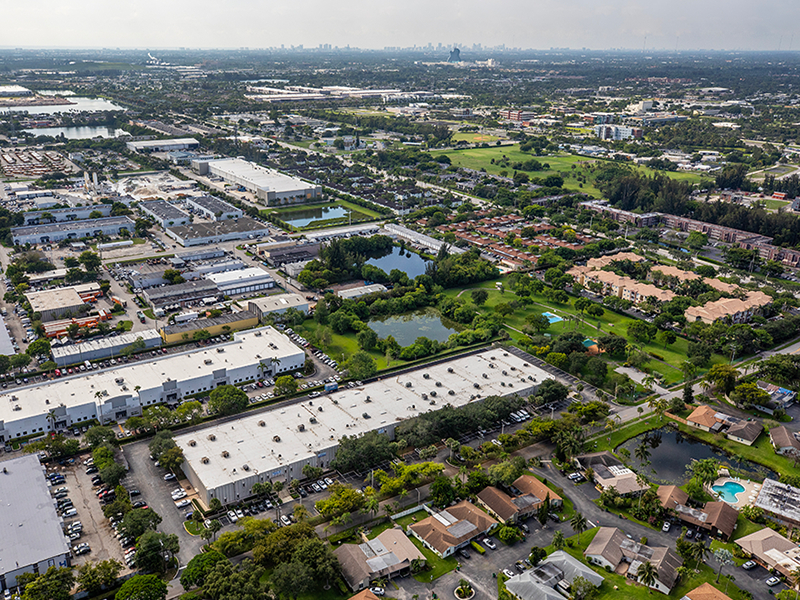Newfangled Financing: Funding Options for Small Wind Turbine Installations
While use of small wind turbines is expanding into more property sectors, funding and installation costs remain near-term issues.
By Brad Berton
While use of small wind turbines is expanding into more property sectors, funding and installation costs remain near-term issues. Federal economic stimulus-related funds are drying up, and states are having a tough time justifying incentive expenditures amid their crunched fiscal budgets, according to longtime wind analyst Heather Rhoads-Weaver, who heads the eFormative Options renewables consultancy in Vashon, Wash.
And while distributed energy specialist Kevin Schulte is disappointed that Congress at press time had not extended the federal business energy investment tax credit again for 2014—a move the Obama administration supports—the CEO of Sustainable Energy Developments and officer of the Distributed Wind Energy Association trade group.noted that quite a variety of companies and industries can still take advantage of other tax-credits, grants, rebates and related financial incentives supporting distributed wind installations.
Businesses taking advantage of some of the financing mechanisms available today in some cases can cut into energy expenditures during the first year turbines are up and running, Schulte noted. For instance, with some of the long-term third-party leasing arrangements modeled on successful solar-energy programs, lease payments for sites with strong wind resources may well come in lower than historic utility bills right away.
And some specialty lenders have devised attractive development and permanent financing programs for midsize distributed wind installations—often pairing debt arrangements with renewable energy investment tax credit equity, and occasionally New Markets Tax Credits. Meanwhile, the Harvest The Wind Network of turbine dealers helps customers tap sophisticated financing programs, some of which offer tax credits to third-party equity investors during early years, with ownership subsequently reverting to the turbine user.
Schulte also foresees increased opportunities ahead to work with landlords and developers of multi-tenant properties in states with favorable rules covering so-called aggregated (or group) net metering. These are arrangements through which turbine owners can allocate utility net metering credits among multiple meters—thereby allowing tenants to share in the lowered cost of turbine-generated energy.
Among states adopting various versions of such policies are New York, California, Oregon, Washington, Nevada, Utah, Colorado, Illinois, West Virginia, Maryland, Pennsylvania, Delaware, Massachusetts, Rhode Island, Connecticut, Minnesota, Maine, New Hampshire and Vermont.
Meanwhile, even the experts are surprised that the gap in unit production costs between small turbines and the far larger utility-scale turbine sector hasn’t narrowed further. A report released last summer by the federal Department of Energy’s Energy Efficiency & Renewable Energy division points out, based on 2012 activity, that average overall installation costs for small distributed wind turbines remain well over twice the comparable for utility-scale units: $6,960 per kW of rated capacity, compared to $2,540.
Rhoads-Weaver cited mostly higher “soft costs” such as permitting complications and intricate equipment connections inherent with all the smallish individual projects compared to the more standardized big wind-farm installations. But as deployments continue to grow domestically and globally, U.S. manufacturers of smaller turbines should see cost-efficiency gains ahead, added Schulte.
“I’d say we’re headed in the right direction.”
Read more on energy collection efforts via small wind turbines in “Harnessing the Wind” in the March 2014 issue of Commercial Property Executive.






